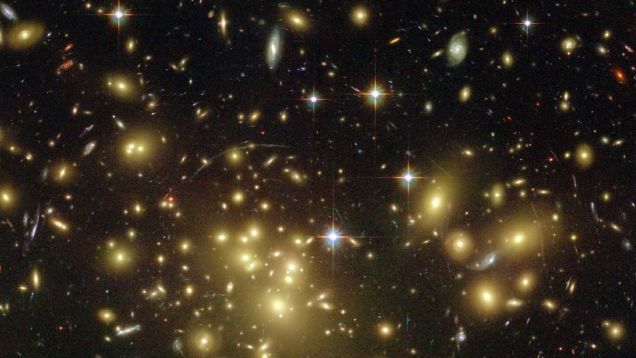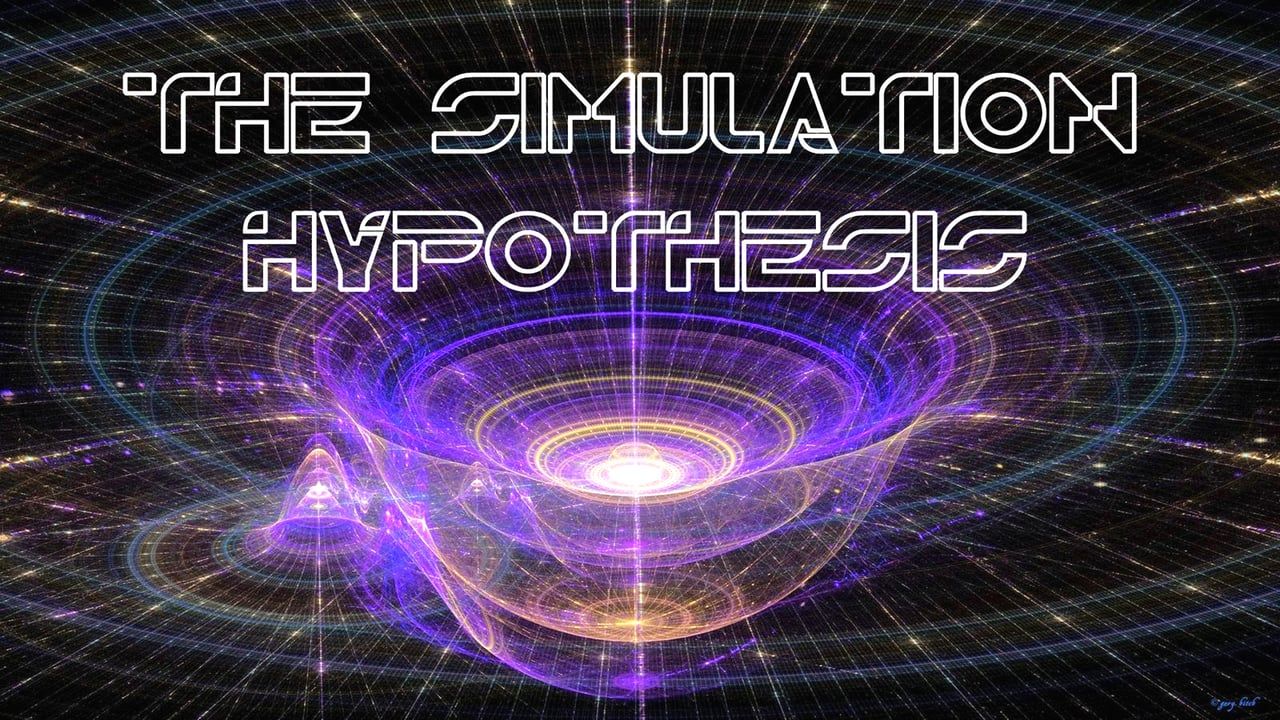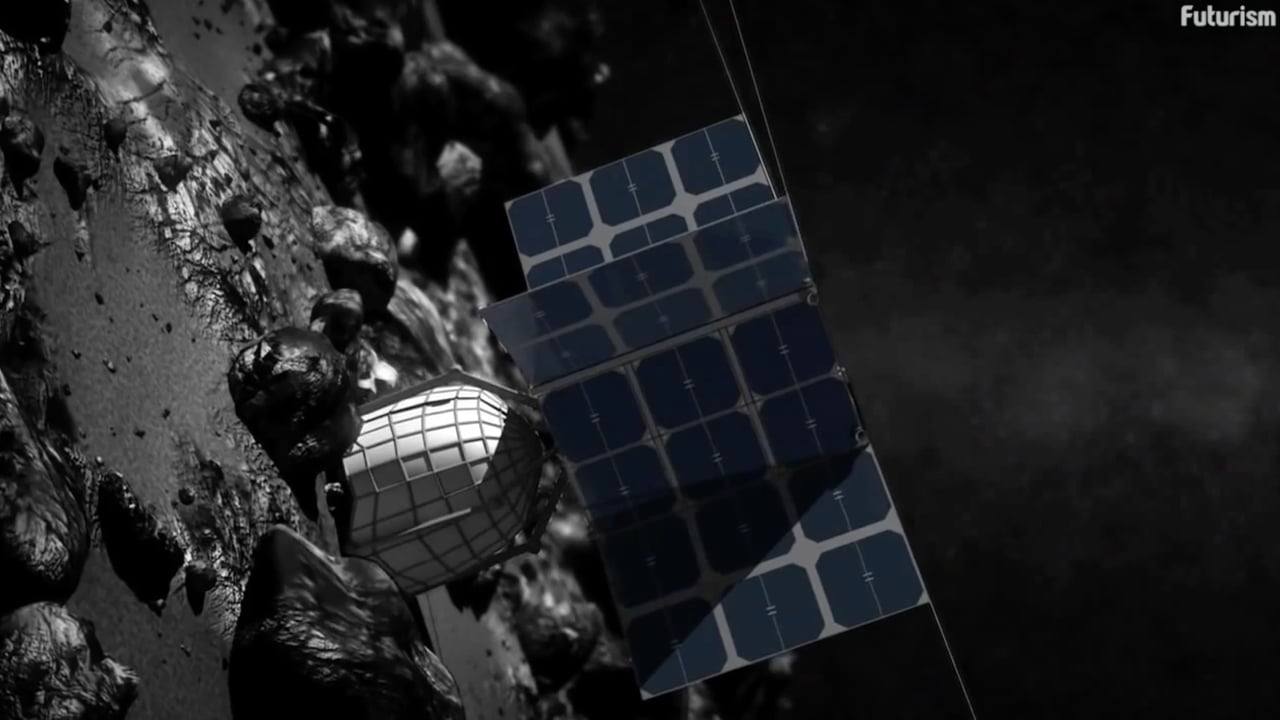Oct 13, 2015
Deleting genes could boost lifespan
Posted by Shailesh Prasad in category: life extension
Scientists have discovered more than 200 genes linked to ageing and have found switching them off extends life.
Scientists have discovered more than 200 genes linked to ageing and have found switching them off extends life.

According to Albert Einstein, the speed of light is an absolute constant beyond which nothing can move faster. So, how can galaxies be traveling faster than the speed of light if nothing is supposed to be able to break this cosmic speed limit?
I’m a little world of contradictions. “Not even light itself can escape a black hole,” and then, “black holes are the brightest objects in the Universe.” I’ve also said “nothing can travel faster than the speed of light”. And then I’ll say something like, “galaxies are moving away from us faster than the speed of light.” There’s more than a few items on this list, and it’s confusing at best. Thanks Universe!

Are we living in a virtual reality? Is the universe emerging from an information processing system? And if so, could we ever tell? Is it possible to ‘hack’ the system and change reality? Take a look at the evidence and decide for yourself! Contributions to THE SIMULATION HYPOTHESIS are made by leading researchers from physics, cosmology, mathematics and information sciences. Appearances by MaxTegmark, Neil degrasse Tyson, Paul Davies, James Gates and many more. Science has never been so much fun!
“What an incredible film! Fascinating, mind-bending stuff.” — Timothy Rhys, Publisher: MovieMaker Magazine.

Today on Far Future Horizons we present another exciting episode of the acclaimed documentary series How the Universe Works ~ Weapons of Mass Extinction.
The Universe is a very dangerous place to live. Death and destruction lie all around us. The Cosmic Grim Reaper lies in wait; scythe in hand, in some dark corner of the universe ever ready to bestow some dark faith upon us.
BioViva made headlines last week after announcing that they had become the first company to administer anti-aging gene therapy on a human subject. But missing from the press release was exactly how this would work, the likelihood of its success, and the consequences. How better to address this then, than to hear from ‘Patient 0’ herself, Liz Parrish, the company’s CEO who will be undertaking the treatment.
Yesterday (October 11), she took part in a Reddit AMA (Ask Me Anything), answering a range of questions submitted by Reddit users seeking to find out more about this supposedly pioneering study.
Here are ten things we learned from Liz Parrish’s Reddit AMA.
Researchers at Chalmers University of Technology have succeeded in an experiment where they get an artificial atom to survive ten times longer than normal by positioning the atom in front of a mirror. The findings were recently published in the journal Nature Physics.
Researchers will take on a task that until now has been deemed impossible: creating strong interaction between light and magnetic fields and determining ways to control light with magnetism on the nanoscale.
 Organovo is one of the most fascinating companies that we follow–and quite continually–as the dynamic company has kept the momentum rolling with one scientific breakthrough after another.
Organovo is one of the most fascinating companies that we follow–and quite continually–as the dynamic company has kept the momentum rolling with one scientific breakthrough after another.
Famous for the design and creation of functional human tissues for medical applications, we’ve recently also been following Organovo and other partnerships in researching human tissue as well as offering the first 3D bioprinted liver product.
It’s just been recently announced that Uniquest signed a worldwide licensing agreement with Organovo to patent kidney cells from induced pluripotent stem cells (iPSCs). Professor Melissa Little and her team at Uniquest have actually been able to grow kidney tissue which should prove to be helpful in not only drug screening but also disease modeling and cell therapy.

To give you a taste, an asteroid containing $5 trillion worth of platinum zoomed past Earth just a few months ago.
NASA has announced the continuation of a two-phase $750,000 research award to Embry-Riddle Aeronautical University and project partner Honeybee Robotics to develop a small integrated autonomous robotic spacecraft system to support the exploration and mining of asteroids and other planetary bodies and moons.
Dr. Hever Moncayo and Dr. Richard Prazenica, both Assistant Professors of Aerospace Engineering in the College of Engineering are leading the effort at the Daytona Beach Campus. Also collaborating on this project is Dr. Sergey Drakunov, Professor of Engineering Physics in the Physical Sciences Department and Associate Dean of the College of Arts and Sciences. Dr. Kris Zacny is the team lead for Honeybee Robotics.
The Embry-Riddle team includes Aerospace Engineering master’s degree students Diego Garcia, Chirag Jain, Andres Chavez, Wai Leuk Law, Aerospace Engineering Ph.D. student Andres Perez and Engineering Physics Ph.D. student Samuel Kitchen-McKinley. The researchers are focusing on an innovative concept based on autonomous small free-flyer prospector spacecraft that can leave from, return and recharge from a mothership on the planet’s or asteroid’s surface.
